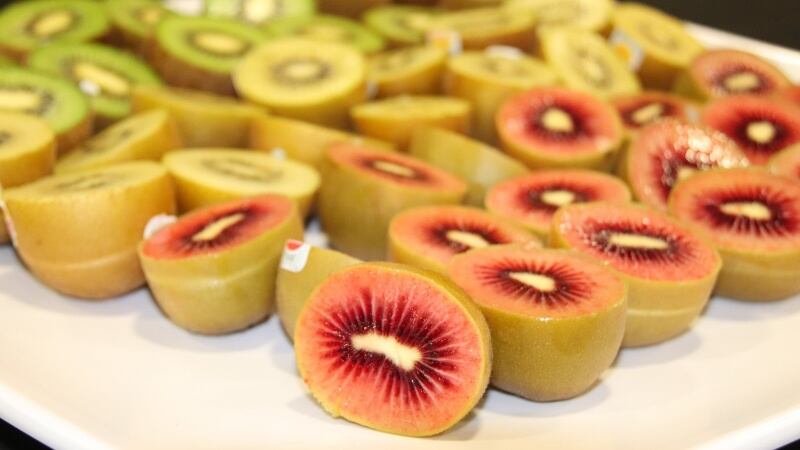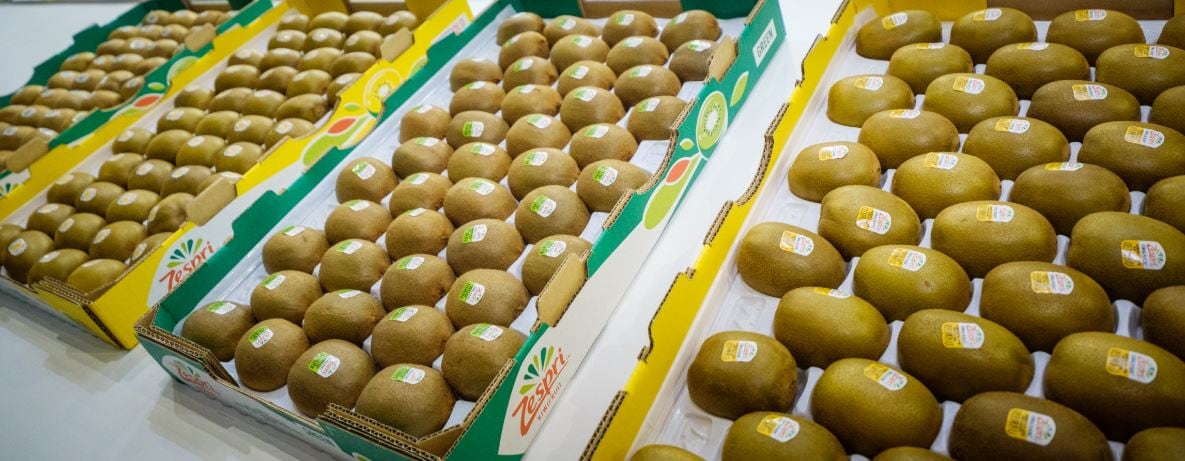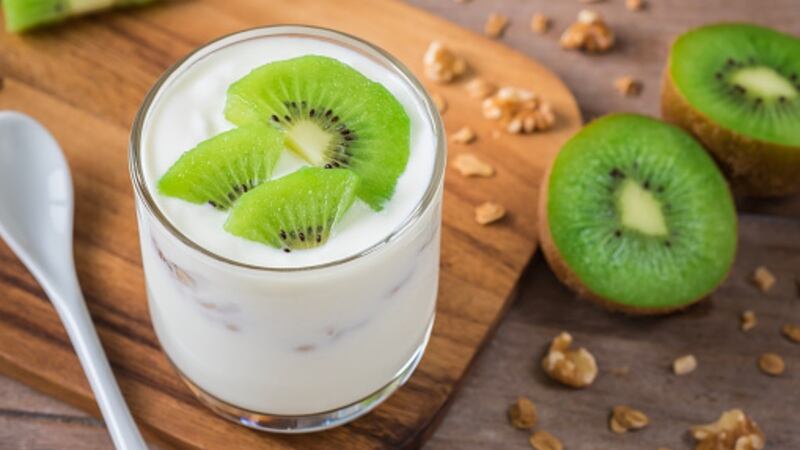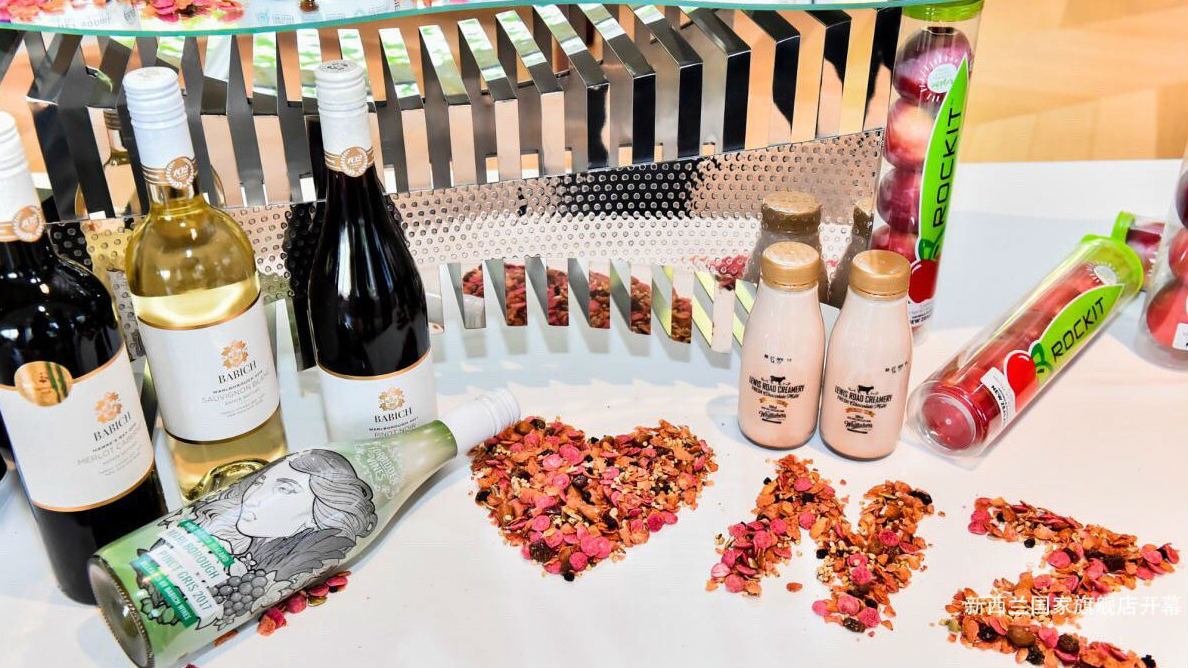Zespri Red was first commercialised in December 2019 and is currently available in New Zealand and Singapore. The firm’s main target for this red range this year is to build its market in Japan, as well as to attract new consumers to the kiwifruit category.
“The Zespri Red Kiwifruit variety stems from the natural breeding programme we run in partnership with Plant & Food Research [and is the product of] more than 10 years of research and extensive trials,” Zespri Chief Grower and Alliances Officer David Courtney told FoodNavigator-Asia.
“Zespri Red has a different taste profile to Zespri SunGold and Green Kiwifruit – [it] is nearly as sweet as SunGold, but with a naturally berry sweet taste. It also has a smooth, edible skin, and a vibrant red flesh. Its sweet, berry-tinged flavour differentiates it from Zespri SunGold and Green.
“[We’ve] been able to share Zespri Red with consumers in New Zealand and Singapore through limited releases of this special fruit, and this year that has extended to our Japanese market. We are continuing to build towards establishing commercial volumes of Zespri Red, [and] this season will enable us to get even more insights into this kiwifruit including what our Japanese consumers think.”
“[This] season marks the first time our Japanese consumers get to try Zespri Red. Indications are demand for Zespri Red is strong and we believe Zespri Red will be popular for its delicious berry sweet taste and vibrant red core.”
When it comes to nutritional benefits, Courtney added that the Red is also ‘packed with nutrients’, containing a combination high levels of fibre, vitamins, antioxidants and minerals.
“[Kiwifruit are] one of the healthiest fruits available, and Zespri Red itself has high levels of vitamin C – more than your daily requirement in just one fruit. It’s also low GI – meaning it’s a suitable fruit for consumers monitoring their blood sugar levels,” he said.
Zespri Red is also expected to help the firm attract the interest of the younger demographic and other consumers new to kiwifruit, presumably not least due in part to its Instagrammable colouration.
“With its vibrant colour and delicious berry-tinged flavour we believe Zespri Red appeals to those consumers looking for a delicious, all-natural treat. It has also proven popular with a younger demographic of consumers,” said Courtney.
“Consumers and customers around the world are showing strong interest in new varieties of kiwifruit that offer different consumption experiences [and] we think Zespri Red will play an important role in helping attract even more consumers to the kiwifruit category in the coming years.”
Innovations and sustainability
When asked about the red kiwi’s potential to be developed for use as an ingredient, Courtney did not dismiss the possibilities, but emphasised that Zespri’s core focus lies in fresh kiwifruit itself.
“As with all of Zespri Kiwifruit, Zespri Red is very nutrient dense, giving it plenty of potential in the processed space,” he said.
“[We] are always interested in looking at sustainable options to minimise waste streams, and are approached regularly regarding our fruit’s potential to be used other products such as ice cream or kiwifruit skin coffee cups.”
Sustainability is also a big area of focus of the firm, which has just launched a new sustainability goal to reach 100% reusable, recyclable or compostable packaging worldwide by 2025
“We’re also working to ensure any plastic packaging will be made from at least 30% recycled plastic, and that we reduce our packaging footprint by 25% per kg of fruit produced by 2030,” he said.
“[We are already] one of the lowest impact foods produced and have 95% of our packaging used to transport kiwifruit to market as cardboard, but there’s more for us to do [and] a dedicated work programme focused on sustainable packaging is underway.”
Some highlights that this programme looks at include reducing the weight of liners used in cardboard transport packs, trialling fibre-based solutions for pocket-packs, implementing improved recycling options and eliminating unnecessary packaging.
As for any other new kiwifruit NPD or innovations underway, Courtney remained coy on details but highlighted that although innovation is a ‘critical part’ of Zespri, their sort of R&D will usually need a decade or more to yield results.
“Our new cultivar development programme with Plant & Food Research is the world’s largest kiwifruit breeding programme, and we invest around N$20m (US$12.2m) annually in it. [But] before being released to consumers, a new cultivar is explored extensively, and the process to commercialisation can take between 10-14 years,” he said.





